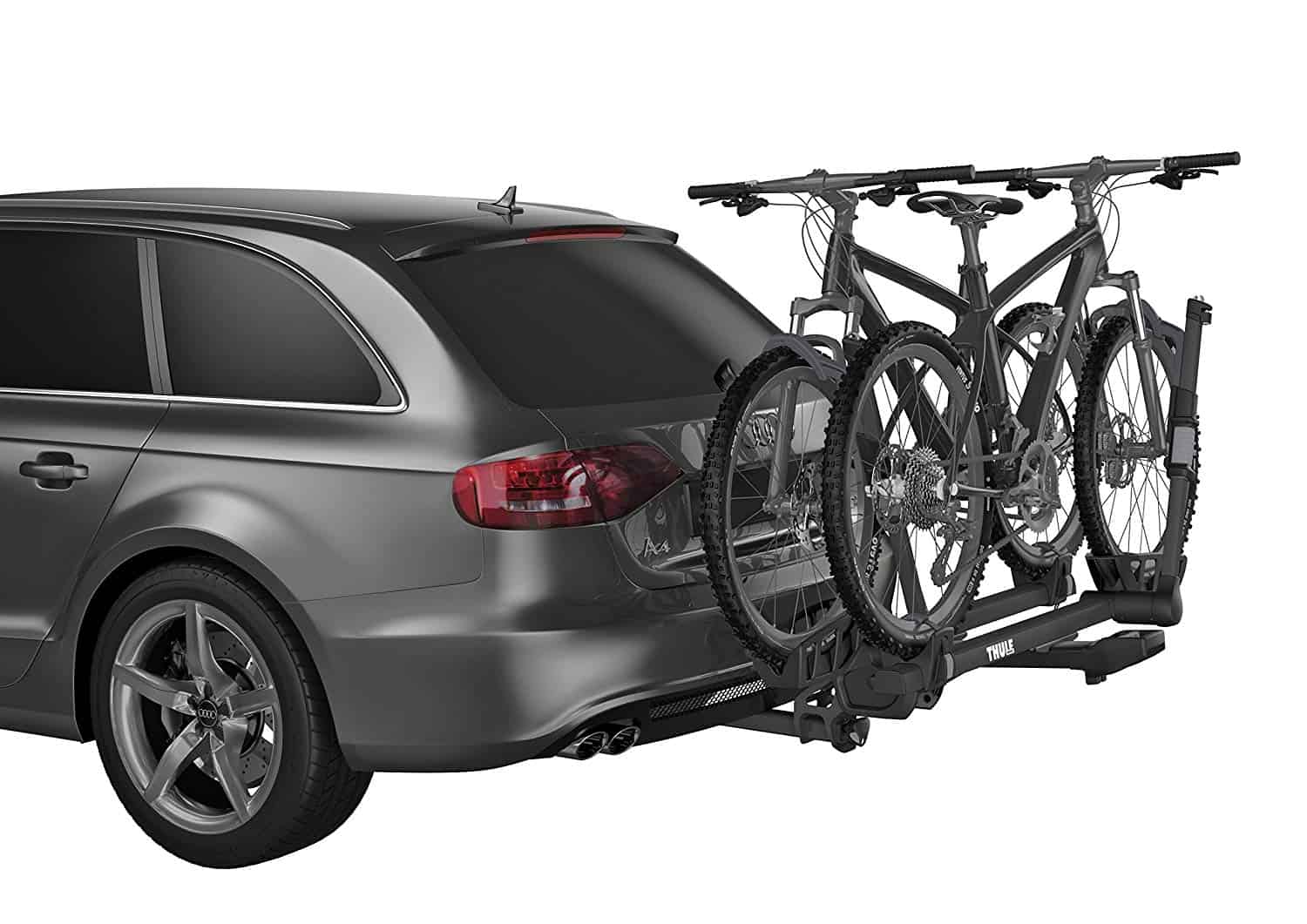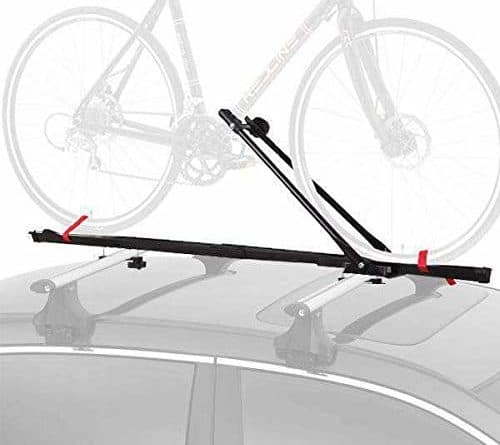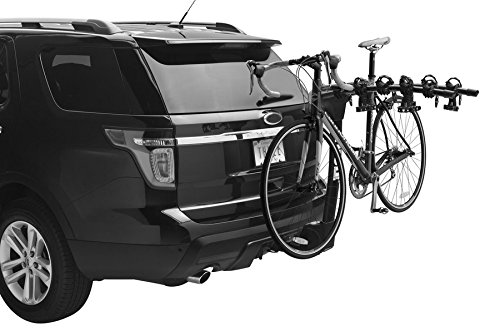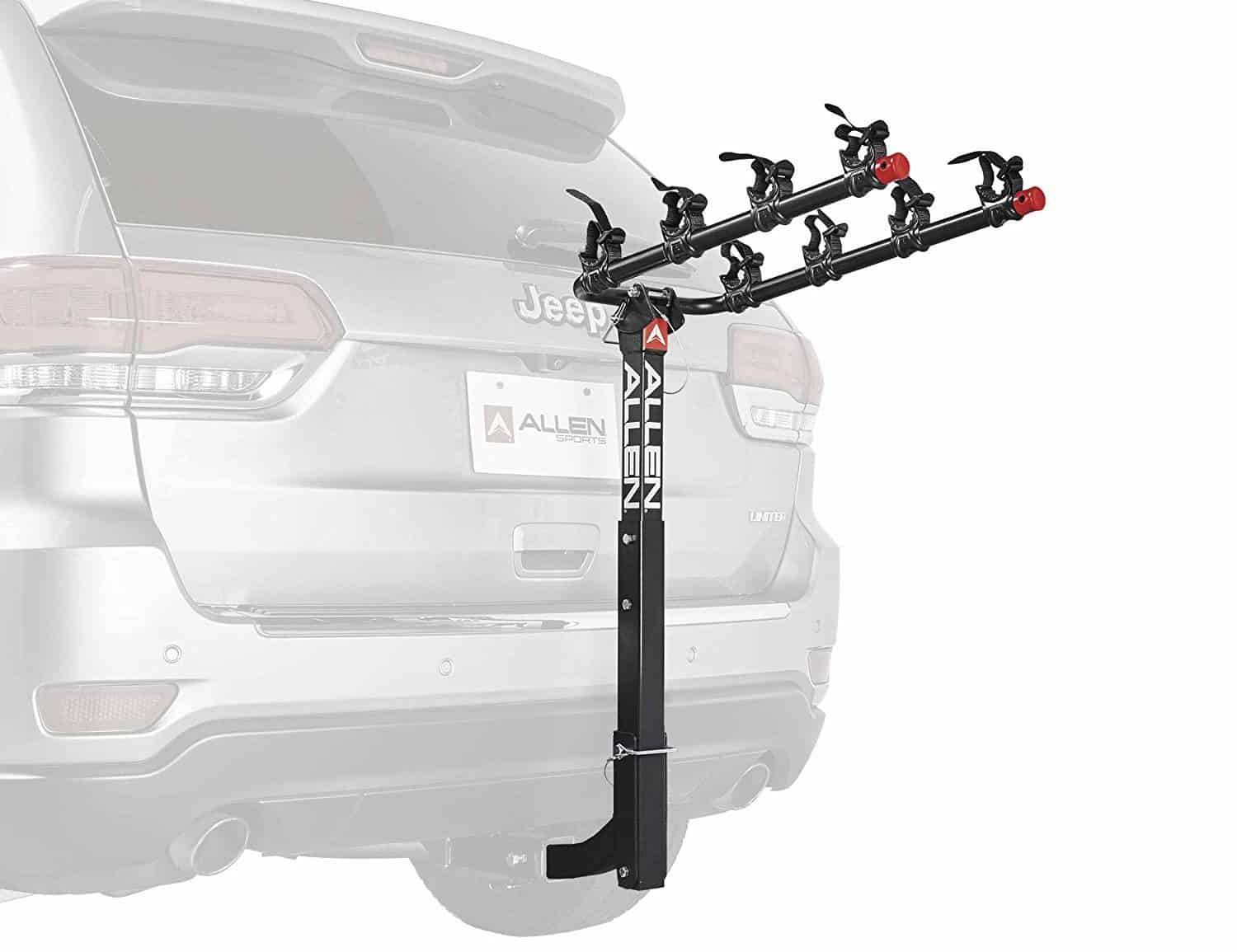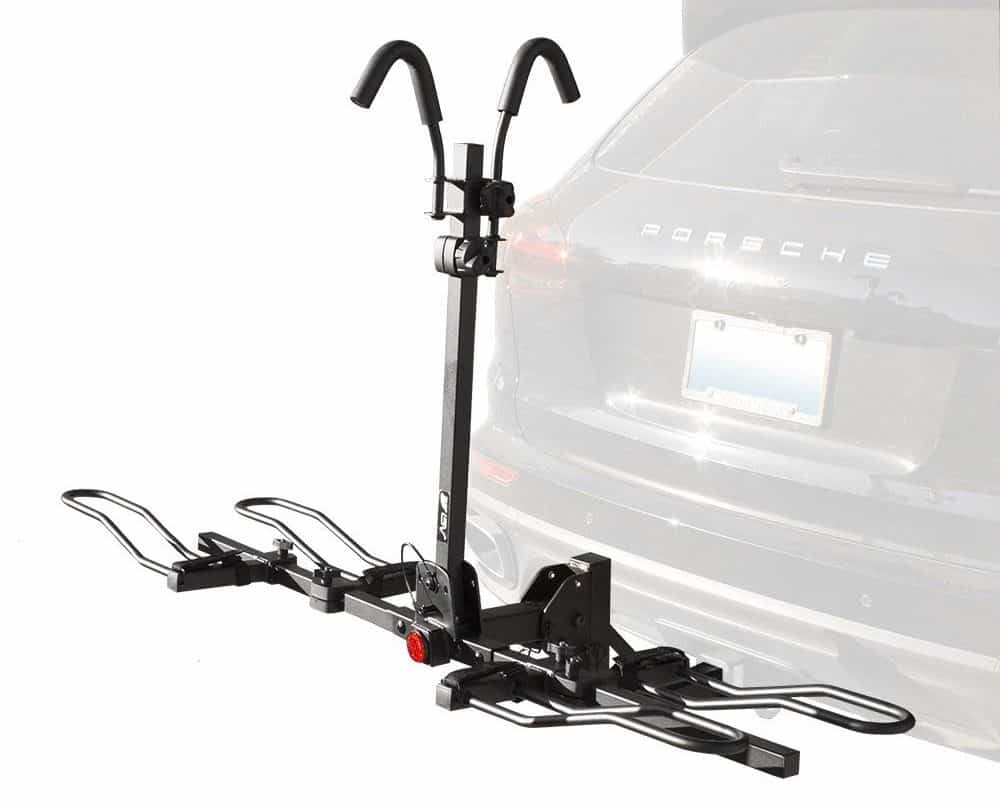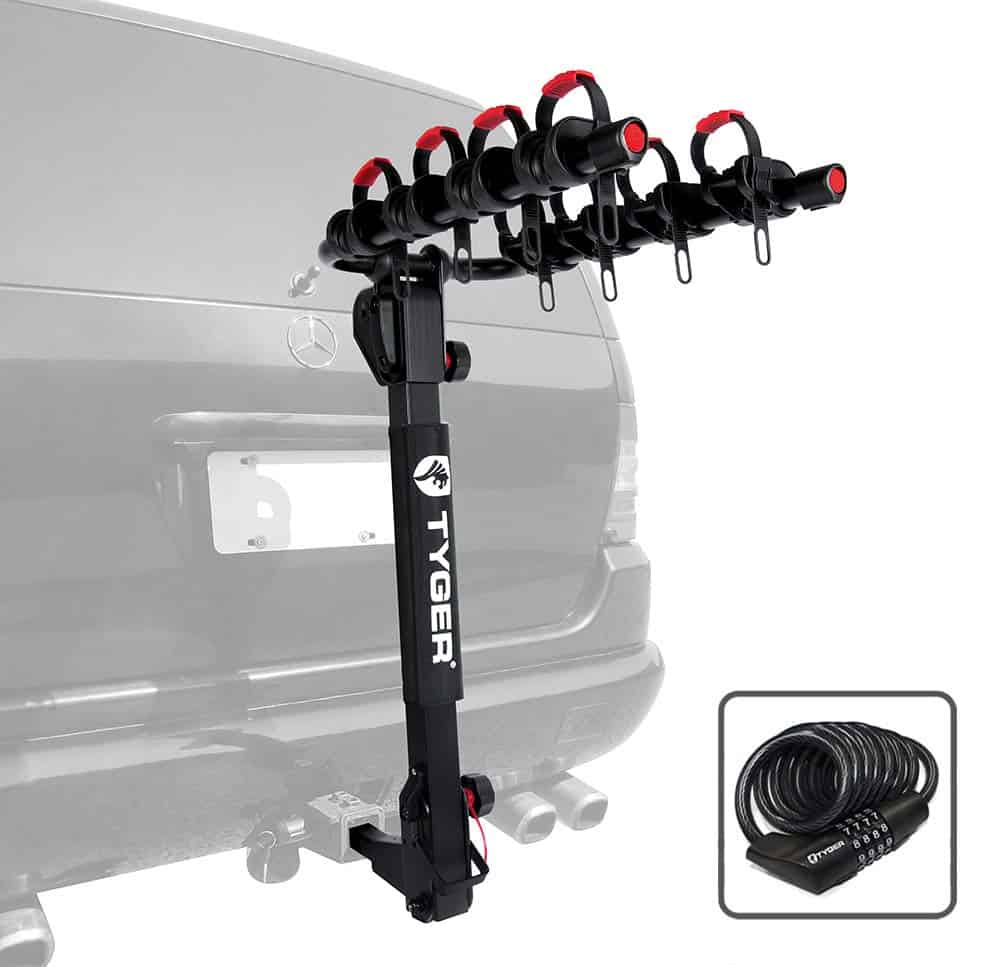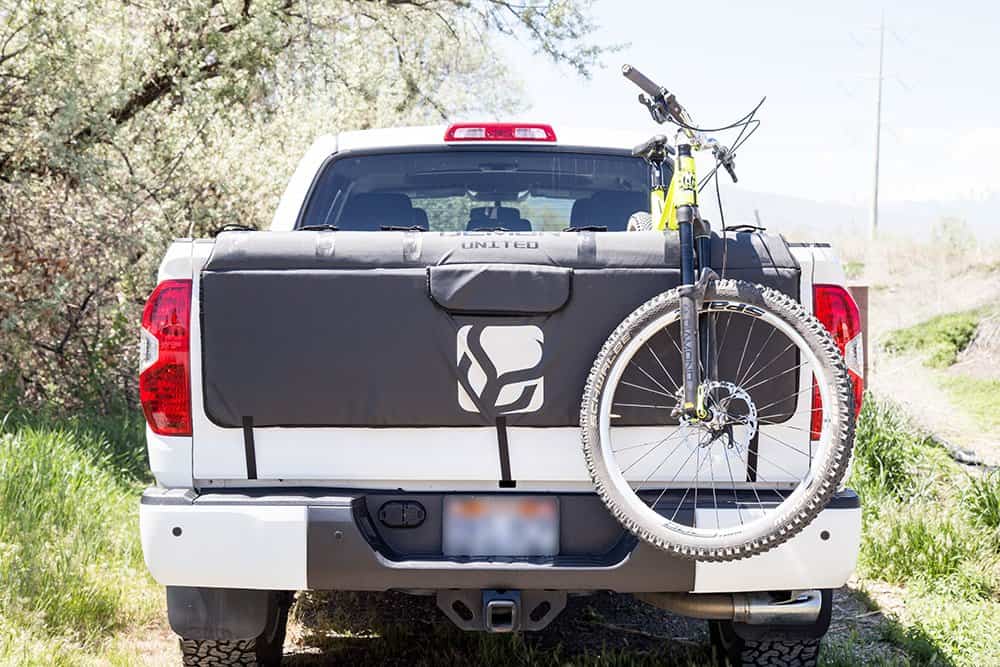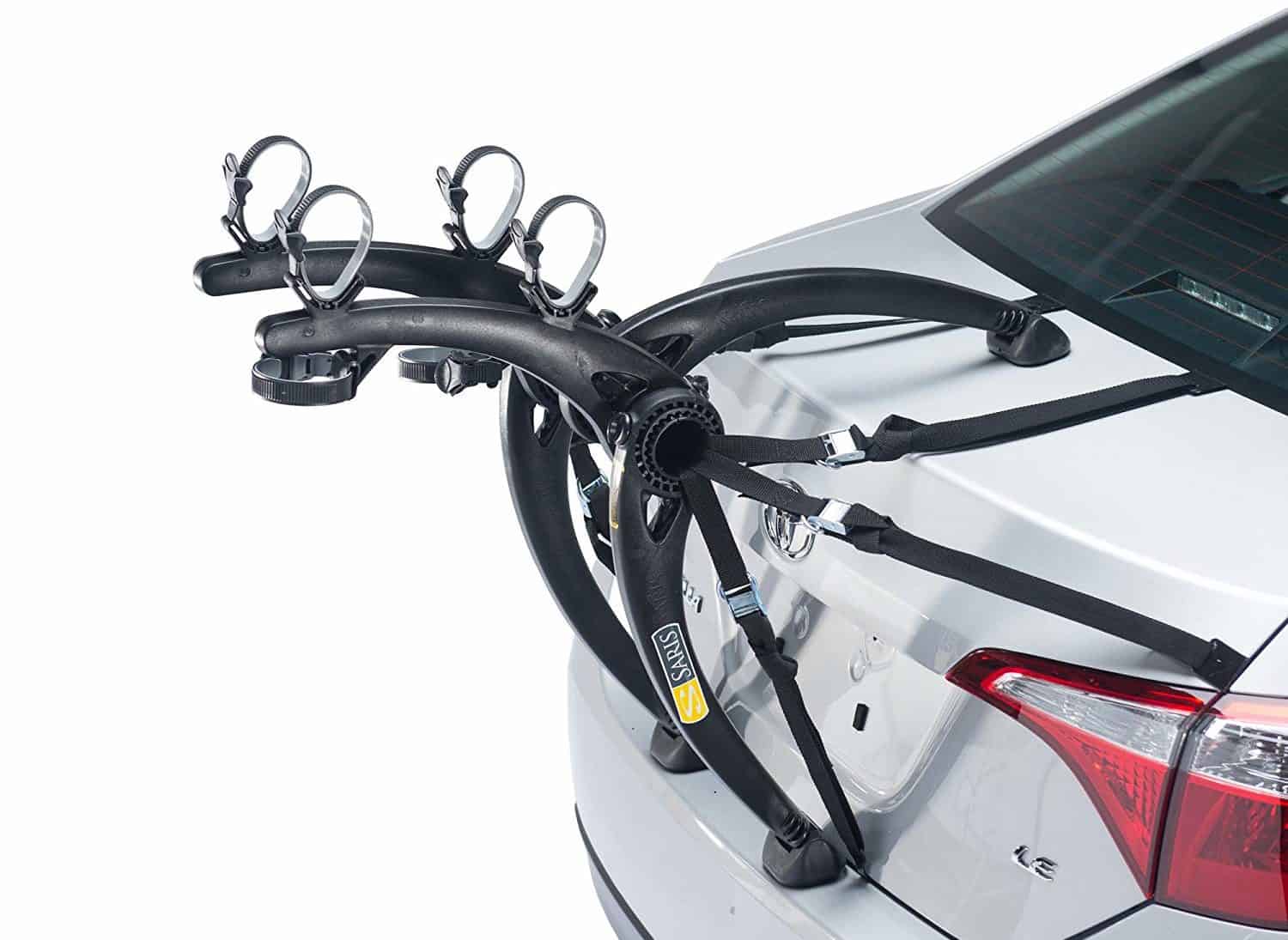Cycling has become increasingly popular over the years. New bike trails open up regularly, and you can easily find awesome locations to take your bike for a spin. However, if you’ve ever tried taking your bicycle on a road trip, you know how hard it can be to transport a bike if you don’t have the proper equipment. That’s why getting one of the best bike racks on the market is well worth the investment.
From hitch and trunk mounts to roof racks, bike racks make loading up your bike a piece of cake. Not only that, but you can also rest assured that your bike will get to your destination in one piece, without damaging your vehicle. Below we’ve outlined a handful of the best bike racks on the market and included a few features and considerations you will want to take into account when buying your next bike rack.
Types of Car Bike Racks
There are a few different kinds of bike racks out there. Knowing what type of bike rack will work best for you (and that will fit your vehicle) will help you narrow down the options.
Hitch Mount Bike Rack

These may be the most popular rack style for bikes. Hitch mount bike racks, as you might guess, attach to the hitch at the back of your vehicle. Most hitch racks are compatible with 1.25 or 2-inch receivers. You can then load up the bikes on top of the tray-like bicycle carrier attachment and secure them in place.
The most recent hitch mount racks can be folded up or tilted out of the way when you’re not using them. This is particularly handy if you don’t want to frequently take the rack on and off of your hitch. Their only disadvantage is that they elongate your vehicle. Thus, when you’re parking, you have to be mindful of the added cargo at the back.
Roof Bike Rack

Roof mount racks are also very popular and come in three types. The first is known as a complete rack system, meaning that you attach it to the bare roof of your vehicle. The second looks like a tray and mounts on your vehicle’s factory roof crossbars (assuming your vehicle has crossbars). The third and last type has suction cups to hold it in place.
There are only two downsides to roof racks, in our expert opinion. The first is that you’ll need some muscle to load your bike on top of your vehicle’s roof (and some height if you have an SUV or truck). The second is that when you’re driving into a garage, under trees, or in any other area with low-clearance, you will need to remember you have the bikes up top.
Trunk Mounted Rack

Trunk-mounted racks attach to your vehicle using a system of straps and hooks. Together, they create enough tension to hold the rack (and the bikes) safely in place. These are typically the cheapest and most hassle-free options.
Since they’re the most temporary racks, they come with a fair amount of disadvantages. For starters, they don’t lock to the vehicle, which puts your bikes more at risk of being stolen. Secondly, with bikes on the mounted rack, you lose access to your vehicle’s trunk. It will also be harder to see through your rear-view mirror (a backup camera might solve that problem).
Lastly, if the bike shifts around while you’re driving, there’s a chance the rack can scratch your vehicle. All that said, trunk mount racks are still a great low-investment alternative to carrying your bikes inside your car.
Tailgate Pads

If you have a pickup, carrying your bike in your truck bed is an option. But if you want to keep that brand-new, expensive bike intact, you would do well to get a tailgate pad.
Installing these pads is a piece of cake: you simply drape it over the tailgate and place your bicycle in the truck bed with the front wheel hanging out. Then, you loop the security straps around the bike’s frame.
The clear disadvantage is that tailgate pads don’t offer as much protection and support as other bike racks. They also put your bike at a higher risk of being stolen, although it is pretty easy to lock them to the tie downs in the truck bed with a cable lock. Yet, these pads are a solid and convenient way of driving several bikes around if you have a truck.
Features to Consider When Buying a Bike Rack
Similar to what type of bike is best for you, what type of bike rack will be best for you depends on your particular use case. Here are a few things to keep in mind as you’re shopping.
Type of Installation
Firstly, ask yourself, “Will a bike rack fit my vehicle?” With all the different types that exist (hitch, roof, trunk, and pad), you need to find the one that works with your vehicle’s design. This is the first step in finding the best bike rack for you.
For example, if you drive a hatchback without a hitch, hitch mount racks and tailgate pads are out of the question for you. You’ll have to narrow down your search to roof or trunk racks.
Number of Bike Slots
Most bicycle rack companies make products that accommodate anywhere between two and four bikes at a time. If you plan on taking your whole family cycling, you should look for a spacious rack. Tailgate pads are the roomiest and can hold up to seven bikes.
Ease of Use
It’s also important to think of how easy it will be to use the rack you get. You don’t want one that’ll give you a headache every time you try to mount your bike on it. Simplicity always rules.
Convenience
Some racks are more convenient to use and install than others. For example, getting to your vehicle’s trunk with a trunk-mounted rack can be inconvenient. That isn’t a problem with a hitch rack which allows you to angle down the bikes, freeing up your trunk. Think about how often you’ll be using your bike rack, and pick the type that will be the easiest to use.
Sturdiness and Stability
This is one of the most important things to look out for. You want a rack that’s stable and holds the bikes in place. The last thing you want is a swaying bike on a highway! Sturdiness is another thing to take into consideration. You want a rack that will last for years. Thus, look for one made from heavy-duty materials for added durability.
Padded Security Points
In order to keep your bike pristine, you’ll want a rack with padded security points. This will ensure you won’t scratch or damage your bike.
Locking Cables
The locking cables are usually built into the rack or come as a separate attachment. They can either be made from fabric, plastic, or metal. Invest in durable, sturdy locking cables to lower the chances of a stolen bike.


